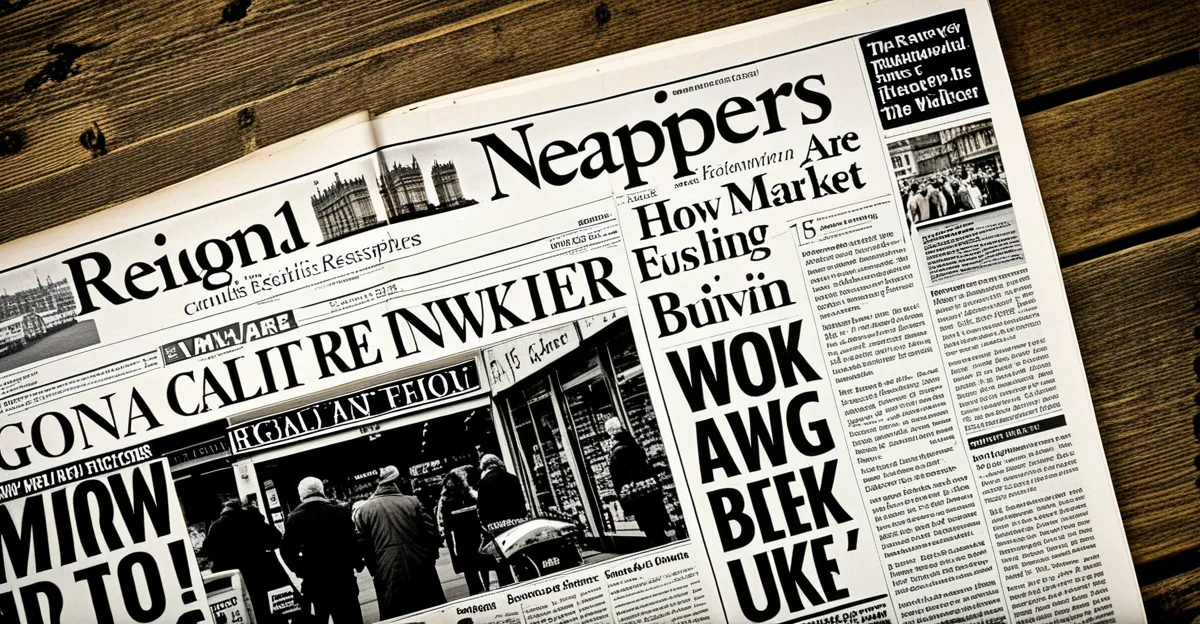Current Landscape of Regional Newspapers in the UK
The UK regional newspapers sector is undergoing significant transformation, marked by shifting market share and circulation trends. While traditional print circulation has declined, regional titles maintain a crucial role in their communities. Circulation varies widely across regions, with some local papers retaining loyal readership despite overall declines. Key players include longstanding regional dailies and weeklies that serve specific geographic areas, reflecting strong regional variations in both content and audience engagement.
Digital disruption has reshaped the media landscape, forcing newspapers to pivot from print-centric models. Many regional newspapers have embraced online platforms to reach readers, increasing reliance on digital subscriptions and multimedia content. This shift has created opportunities but also challenges, as newspapers face intense competition from social media and national outlets. Digitisation demands innovation in content delivery, requiring newspapers to balance traditional journalism values with modern consumption habits witnessed across the UK’s diverse regions.
This might interest you : How are UK small businesses adapting to economic changes?
Ultimately, the survival and growth of UK regional newspapers hinge on adapting to these evolving trends while retaining their unique regional voices in a crowded media environment.
Major Challenges Facing Regional Newspapers
The UK regional newspapers sector is grappling with profound challenges for newspapers driven primarily by newspaper revenue decline. A significant drop in advertising income, once the backbone of regional titles, has severely undermined business sustainability. Advertisers now allocate budgets to digital platforms with wider reach and precise targeting, leaving traditional print models financially strained.
In the same genre : How is the UK handling the rise in cybercrime?
The shift from print to digital compounds difficulties, with audience fragmentation complicating efforts to maintain a unified readership. Consumers increasingly demand instant, multimedia-rich content accessible via smartphones and social media. This transition forces newspapers to reinvent themselves rapidly, often with constrained resources.
Moreover, intensifying competition from social media, global news outlets, and alternative information sources disrupts audience loyalty. These platforms attract users who prefer fast, free news, challenging regional papers that rely on subscription or purchase models. Readers’ changing habits—favoring personalized, interactive content—require newspapers to innovate continually or risk obsolescence. Balancing traditional journalistic standards with these new consumption preferences remains a critical hurdle for the evolving newspaper industry trends across the UK.




